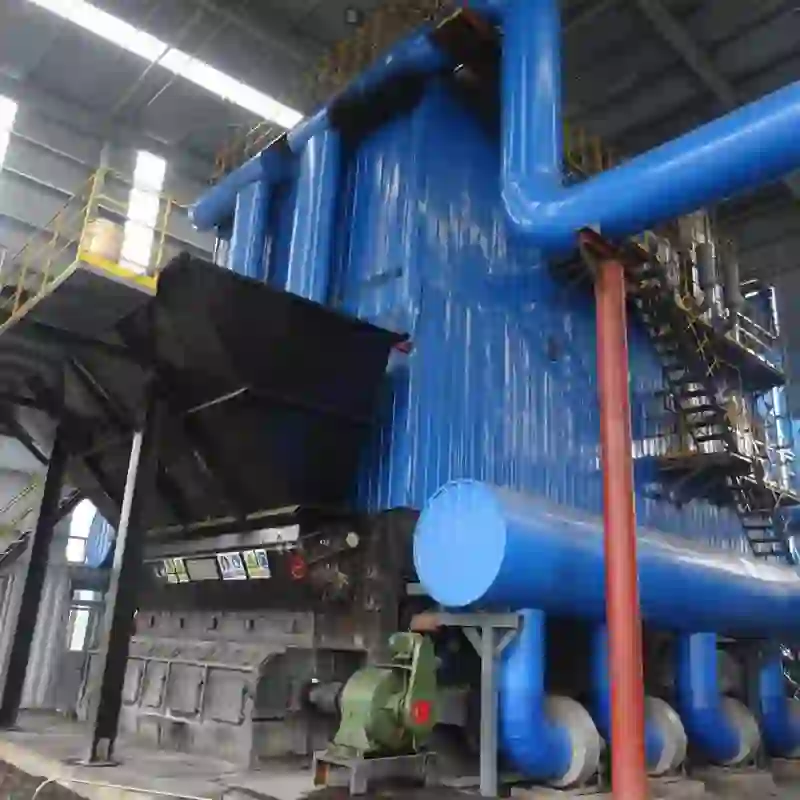
Oct . 13, 2024 16:18 Back to list
Understanding the Functionality and Benefits of Biomass Furnaces in Modern Heating Solutions
What is a Biomass Furnace?
A biomass furnace is an innovative heating solution that utilizes organic materials, known as biomass, as its primary fuel source. Biomass can include a variety of materials, such as wood pellets, agricultural residues, and other forms of organic matter. The use of a biomass furnace is increasingly being recognized as an environmentally friendly alternative to conventional heating systems, primarily those that rely on fossil fuels.
How Does a Biomass Furnace Work?
The operation of a biomass furnace revolves around the combustion of biomass materials to generate heat. The furnace is equipped with a combustion chamber where the biomass is ignited. As the biomass burns, it releases heat energy, which is then transferred to air or water for heating purposes. Most biomass furnaces utilize a system of fans and blowers to ensure efficient airflow, promoting complete combustion. The heat generated can be directed to warm residential spaces, hot water supplies, or even serve larger heating demands for industrial applications.
Types of Biomass Fuels
One of the advantages of biomass furnaces is the versatility regarding the type of fuel that can be used. Common forms of biomass fuel include
1. Wood Pellets These are compacted forms of wood waste that burn efficiently and produce minimal ash. Their uniform size and moisture content make them a popular choice for residential biomass furnaces.
2. Logs and Wood Chips These larger forms of wood can also be used, but they may require more space and present challenges in terms of moisture content and combustion efficiency.
3. Agricultural Residues Materials such as straw, corn stalks, and other crop residues can serve as effective biomass fuels, particularly in regions where agriculture is prevalent.
what is a biomass furnace

4. Energy Crops Certain crops are specifically cultivated for energy production, offering a sustainable biomass option that can be replenished annually.
Environmental Benefits
Biomass furnaces are often touted for their environmental benefits. By using renewable biomass as fuel, these systems can significantly reduce greenhouse gas emissions compared to traditional fossil fuel-burning furnaces. When biomass is burned, it releases carbon dioxide that is approximately equal to what the plants absorbed during their growth phase. This closed carbon cycle makes biomass a carbon-neutral energy source, especially when the biomass is sourced sustainably.
Additionally, utilizing local biomass resources can reduce dependency on imported fossil fuels, promoting energy security and supporting local economies. Biomass can also help divert organic waste from landfills, reducing methane emissions, which are potent greenhouse gases released during organic decomposition.
Considerations and Challenges
Despite the benefits, biomass furnaces also come with several considerations. The efficiency of biomass combustion can be influenced by the type of fuel used, its moisture content, and the design of the furnace itself. Users must ensure that the fuel is adequately dried and stored to maintain combustion efficiency.
Moreover, while biomass is renewable, the methods of sourcing and processing the material must be sustainable to truly realize its environmental advantages. Overharvesting or poor land management practices can negate the benefits of biomass usage, leading to deforestation and habitat destruction.
Conclusion
In summary, a biomass furnace is a sustainable heating solution that offers significant advantages over traditional fossil fuel systems. By harnessing the energy from organic materials, these furnaces provide an eco-friendly alternative that reduces greenhouse gas emissions while supporting local economies. However, careful consideration must be given to fuel sourcing and combustion technologies to ensure that biomass remains a viable, sustainable option for future energy needs. As awareness of climate change and the need for renewable energy sources continues to grow, biomass furnaces may play a crucial role in the transition towards a more sustainable energy landscape.
-
High-Efficiency Commercial Oil Fired Steam Boiler for Industry
NewsJul.30,2025
-
High-Efficiency Biomass Fired Thermal Oil Boiler Solutions
NewsJul.30,2025
-
High Efficiency Gas Fired Thermal Oil Boiler for Industrial Heating
NewsJul.29,2025
-
High-Efficiency Gas Fired Hot Water Boiler for Sale – Reliable & Affordable
NewsJul.29,2025
-
High Efficiency Biomass Fired Hot Water Boiler for Industrial and Commercial Use
NewsJul.29,2025
-
High-Efficiency Biomass Fired Hot Water Boiler for Industrial Use
NewsJul.28,2025
Related PRODUCTS






















